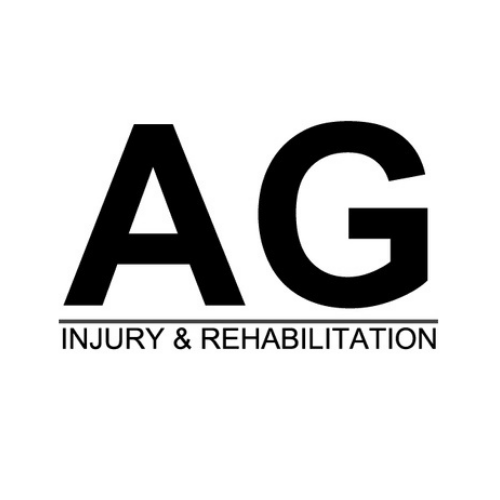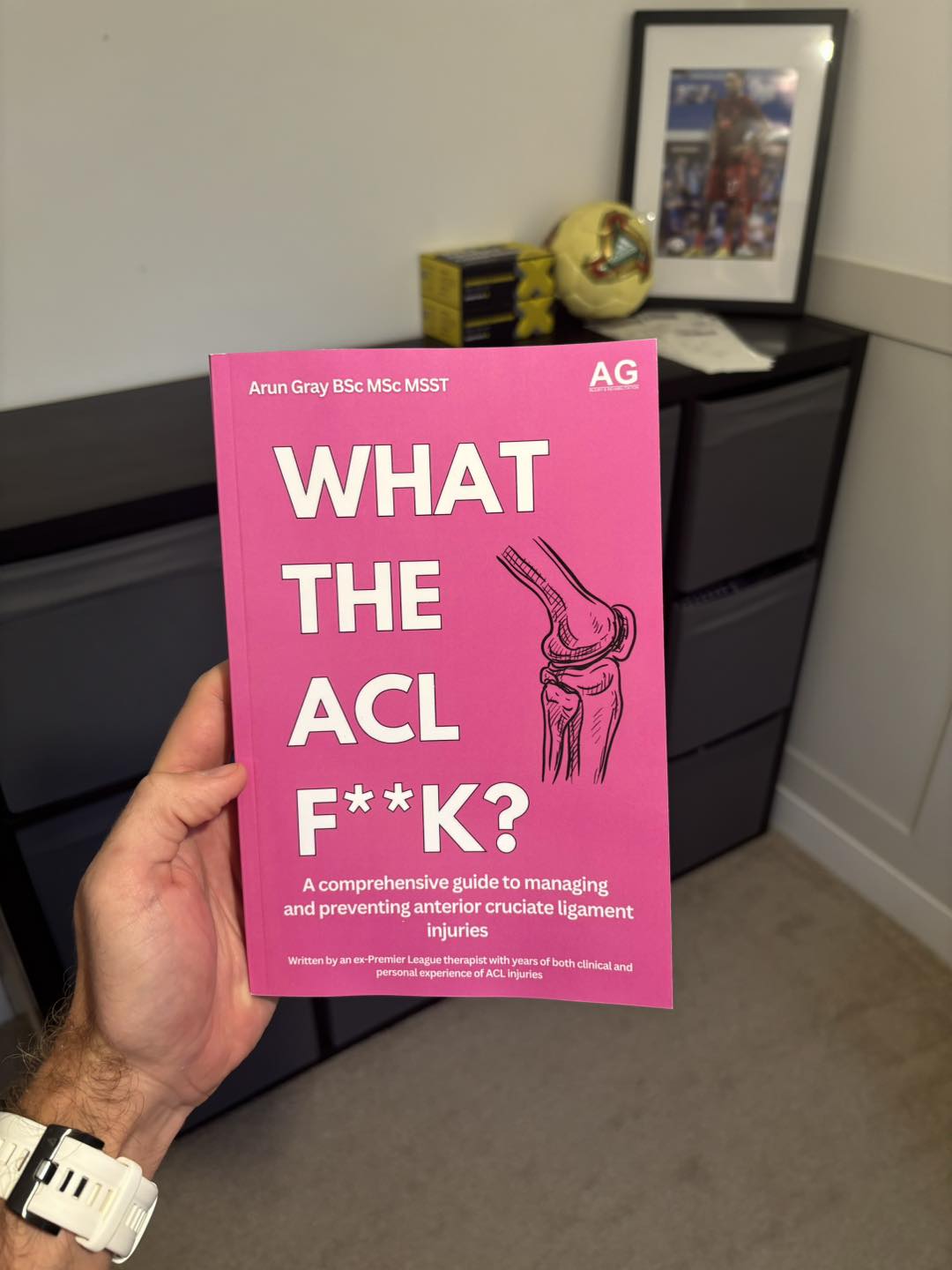Function of the ACL in Knee Mechanics
The anterior cruciate ligament (ACL) plays an indispensable role in the biomechanics of the knee joint. As one of the primary stabilising ligaments, it ensures proper alignment and coordinated movement of the femur and tibia during both static and dynamic activities. Without the ACL’s contributions, the knee’s stability, load distribution, and overall functionality would be severely compromised, significantly increasing the risk of injury and degenerative conditions.
One of the ACL’s primary functions is to resist anterior translation of the tibia relative to the femur. This control is particularly vital during weight-bearing activities such as walking, running, or jumping, where the tibia is prone to excessive forward movement due to ground reaction forces and muscular contraction. The ACL’s ability to counteract this forward motion allows for smooth and controlled movement of the knee joint, preventing hyperextension or anterior instability that could result in injury. This function is especially important during activities that involve deceleration, such as landing from a jump or coming to a sudden stop, as these actions place considerable stress on the ligament.
In addition to anterior stability, the ACL plays a crucial role in controlling rotational movements of the knee. The ligament resists excessive internal rotation of the tibia relative to the femur, a common mechanism in pivoting and cutting movements. By providing rotational stability, the ACL protects the knee during dynamic sports or activities that involve rapid changes in direction. This function is especially significant in sports like football, basketball, and skiing, where an intact ACL is critical for performance and injury prevention. Rotational control also ensures the knee maintains proper alignment during activities of daily living, such as walking on uneven surfaces or climbing stairs.
The ACL’s role extends beyond mere mechanical stability; it also contributes to proprioception, the body’s ability to sense joint position and movement. The ligament is richly innervated with mechanoreceptors that detect changes in tension and stretch within the joint. These sensory inputs are relayed to the central nervous system, where they facilitate coordinated neuromuscular responses. Proprioceptive feedback from the ACL allows the surrounding muscles, such as the quadriceps and hamstrings, to react quickly to stabilise the knee during complex or high-impact movements. When the ACL is injured, this critical feedback loop is disrupted, leading to impaired neuromuscular control and a higher risk of re-injury or further damage to the joint structures.
Moreover, the ACL indirectly influences load distribution within the knee joint. By maintaining proper alignment between the femur and tibia, the ligament ensures that forces are evenly distributed across the cartilage and menisci, which act as shock absorbers. An injured or deficient ACL allows abnormal joint motion, leading to uneven pressure on these structures. Over time, this can result in accelerated wear and tear, cartilage degeneration, and an increased likelihood of developing osteoarthritis. Therefore, the ACL’s contributions are not limited to immediate joint stability but also extend to the long-term health and functionality of the knee.
The ACL functions in concert with other stabilising structures of the knee, including the posterior cruciate ligament (PCL), the medial and lateral collateral ligaments (MCL and LCL), and the surrounding musculature. While these structures provide additional support, the ACL is uniquely positioned to manage the combined forces of anterior translation and rotation. When functioning optimally, the ACL enhances the efficiency of knee mechanics, allowing for smooth transitions between movements and reducing the metabolic demand on other structures.
In conclusion, the ACL is a cornerstone of knee mechanics, integral to maintaining stability, controlling movement, and preserving joint health. Its ability to resist anterior translation and rotational forces ensures that the knee can perform a wide range of functions, from basic movements to high-performance athletic endeavours. Additionally, its role in proprioception and load distribution highlights its importance not only in immediate stability but also in the prevention of long-term joint damage. An injury to the ACL disrupts these critical functions, underscoring the ligament’s significance in both biomechanics and overall knee health.

